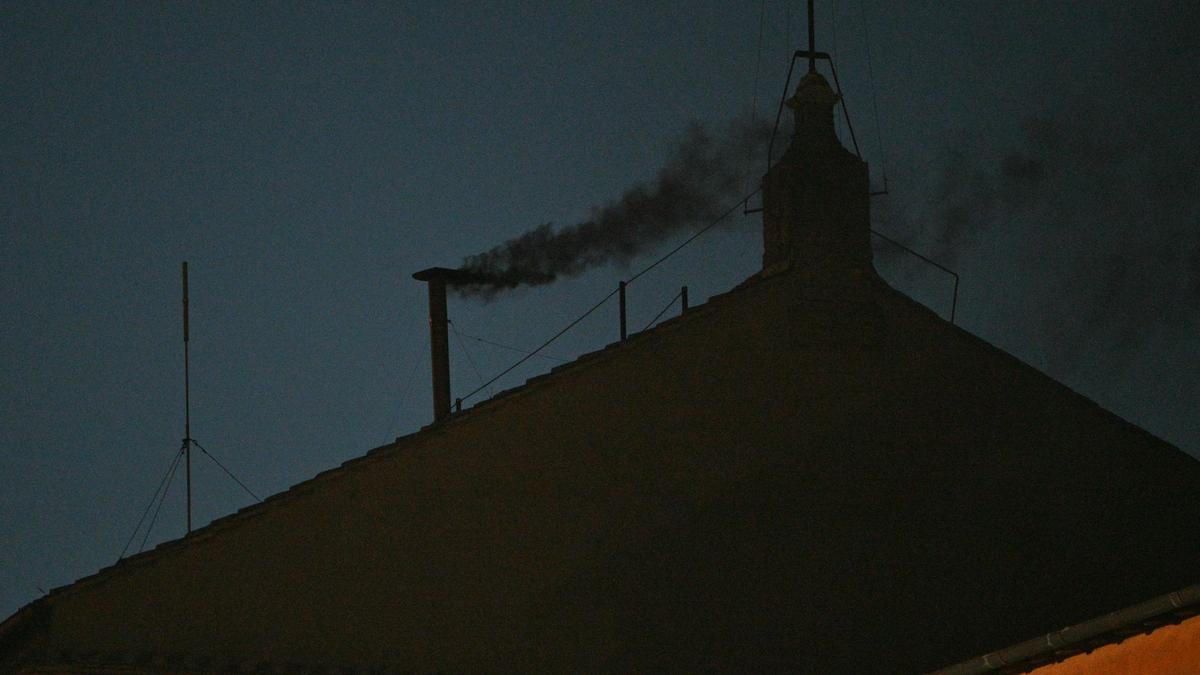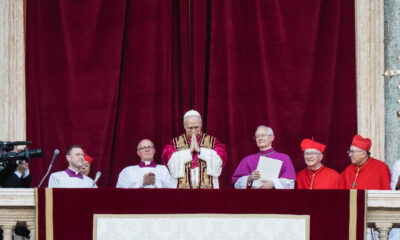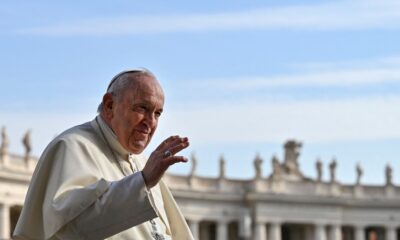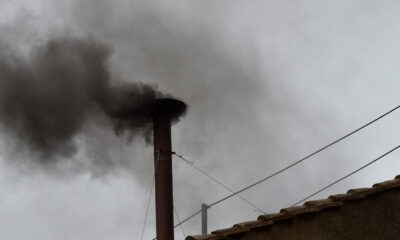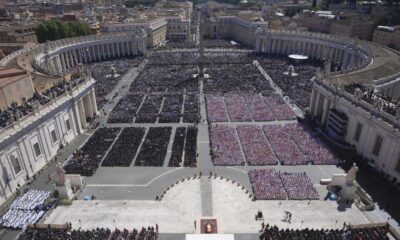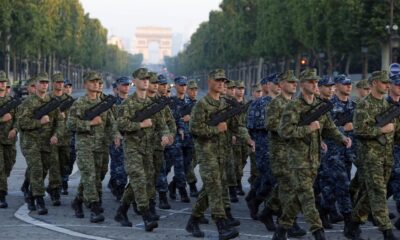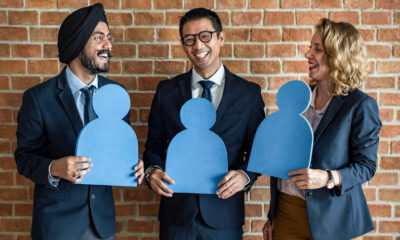Black smoke billowed out of the Sistine Chapel chimney on Wednesday (May 7, 2025), signifying the absence of a pope being chosen as 133 cardinals commenced the secretive process of selecting a new leader of the Catholic Church.
The cardinals, representing the most diverse conclave in the faith’s history spanning 2,000 years, conducted a single round of voting on Wednesday evening (May 7, 2025). Following the unsuccessful first ballot, they adjourned for the night and will reconvene at the Sistine Chapel on Thursday morning (May 8, 2025) in pursuit of electing a successor to Pope Francis.
The conclave began on Wednesday afternoon (May 7, 2025) with a highly theatrical ritual, featuring red-robed cardinals, Latin chants, incense, and a sense of solemnity that underscored the gravity of the occasion.
Meanwhile, outside in St. Peter’s Square, a festive atmosphere prevailed as thousands of spectators gathered to watch the event unfold on large video screens. Applause erupted when the doors of the Sistine Chapel closed and the voting commenced. As the hours passed and the vote extended into the evening, some onlookers left in frustration, while those who remained cheered upon the sight of the billowing smoke.
“My hope is that the cardinals will select a peacemaker who can unite the church,” remarked Gabriel Capry, a 27-year-old from London.
Comprising cardinals from 70 different countries, the assembly was cut off from the outside world on Wednesday, surrendering their cellphones and experiencing a communication blackout until a new pope is elected.
Pope Francis had appointed 108 of the 133 cardinal electors, prioritizing pastors from regions like Mongolia, Sweden, and Tonga that had not previously been represented by a cardinal. This decision to exceed the customary limit of 120 cardinal electors and include younger cardinals from less economically influential countries injected an element of unpredictability into a process already shrouded in mystery and suspense.
Many cardinals had only met each other the previous week and expressed a need for more time to acquaint themselves, raising questions about the duration it might take for one candidate to secure the requisite two-thirds majority, or 89 votes, to become the 267th pope.
“Wait and see, a little patience, wait and see,” stated Cardinal Mario Zenari, the Vatican’s ambassador to Syria.
During their entrance into the Sistine Chapel, the cardinals chanted the meditative “Litany of the Saints” in pairs while Swiss Guards stood at attention. The hymn beseeched the saints to guide the cardinals in selecting a leader for the 1.4 billion-strong church.
Cardinal Pietro Parolin, the 70-year-old secretary of state under Pope Francis and a prominent candidate to succeed him as pope, assumed leadership of the proceedings as the senior cardinal under 80 years of age eligible to participate.
Standing before Michelangelo’s masterpiece, “The Last Judgment,” Parolin led the cardinals in a solemn oath-taking ceremony. Each cardinal placed his hand on the Gospel and pledged in Latin to maintain the utmost secrecy.
Considering that Pope Francis appointed 80% of the voters, continuity is probable, though the specific direction it may take remains uncertain and identifying frontrunners has proven challenging.

However, certain names consistently appear on lists of potential candidates, known as “papabile.”
— Cardinal Pietro Parolin, 70, an Italian who served as Pope Francis’ secretary of state and the Vatican’s second-in-command, is a frontrunner.
— Filipino Cardinal Luis Tagle, 67, is a prominent contender to become the first Asian pope in history. Tagle previously held a high-profile position overseeing the Vatican’s evangelization efforts in much of the developing world.
— Hungarian Cardinal Peter Erdo, 72, the archbishop of Budapest, represents the more conservative faction of the church and is considered a leading candidate.
Published – May 08, 2025 12:40 am IST

